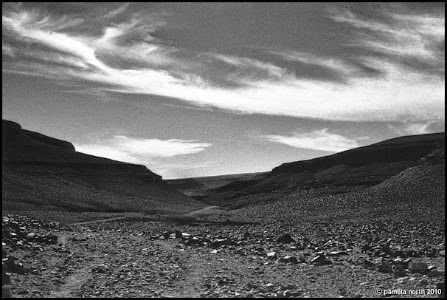Under rapid
urbanisation, Vietnam has moved away far from its origins of tropical forests. An
excessive amount of cars and motor-bikes, causes serious exacerbated air
pollution for Ho Chi Minh City. Globally urbanisation is having detrimental
effects on the planet. As a result, people in urban areas are forgetting
their connection with nature. This project by a Vietnamese studio Vo Trong Nghia
Architects was said to bring green
space back into the city, and to be an accommodating high-density dwelling with
big tropical trees as a cultural link. Vo Trong Nghia Architects, are uniquely and beautifully designing and creating accommodation for people, whilst expending a minimal global footprint. Five concrete boxes are designed as pots
to plant trees on their tops. The pots are utilized as storm-water basins that
hold the water within them and contribute to decrease the danger of flooding in
the city.
House for Trees by Vo Trong Nghia Architects is a two-bedroom home for a family of three. Built
on unoccupied land, in one of the many heavily populated areas of Ho Chi Minh
City, which only has 0.25 percent of its region covered in foliage, according
to the architects.
"The aim of this project
is to bring green space back into the city, accommodating high-density dwelling
with big tropical trees. Five concrete boxes are designed as 'pots' to plant
trees on their tops," said the architects. Simplistic and clever
architectural designs such as ‘House for Trees’, is the future of architecture,
aiding to sustain our planet.




























